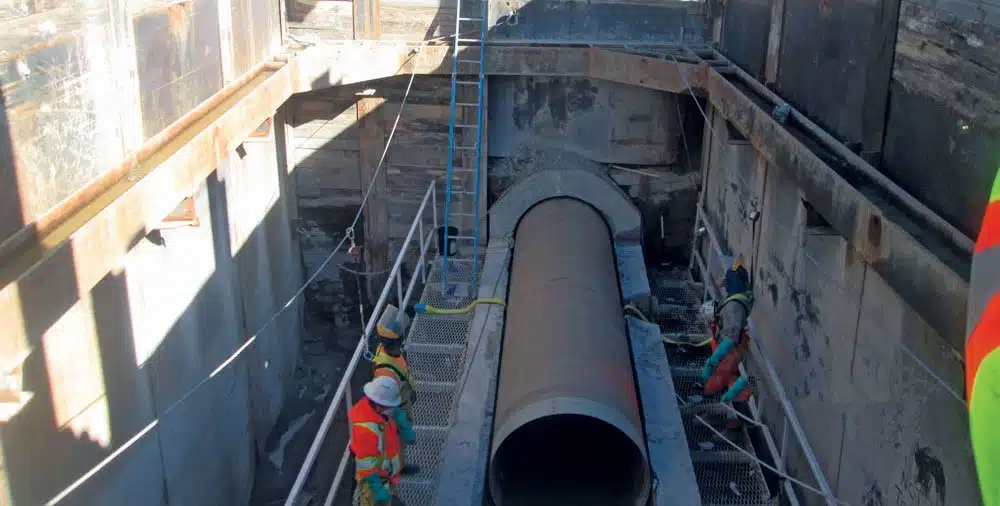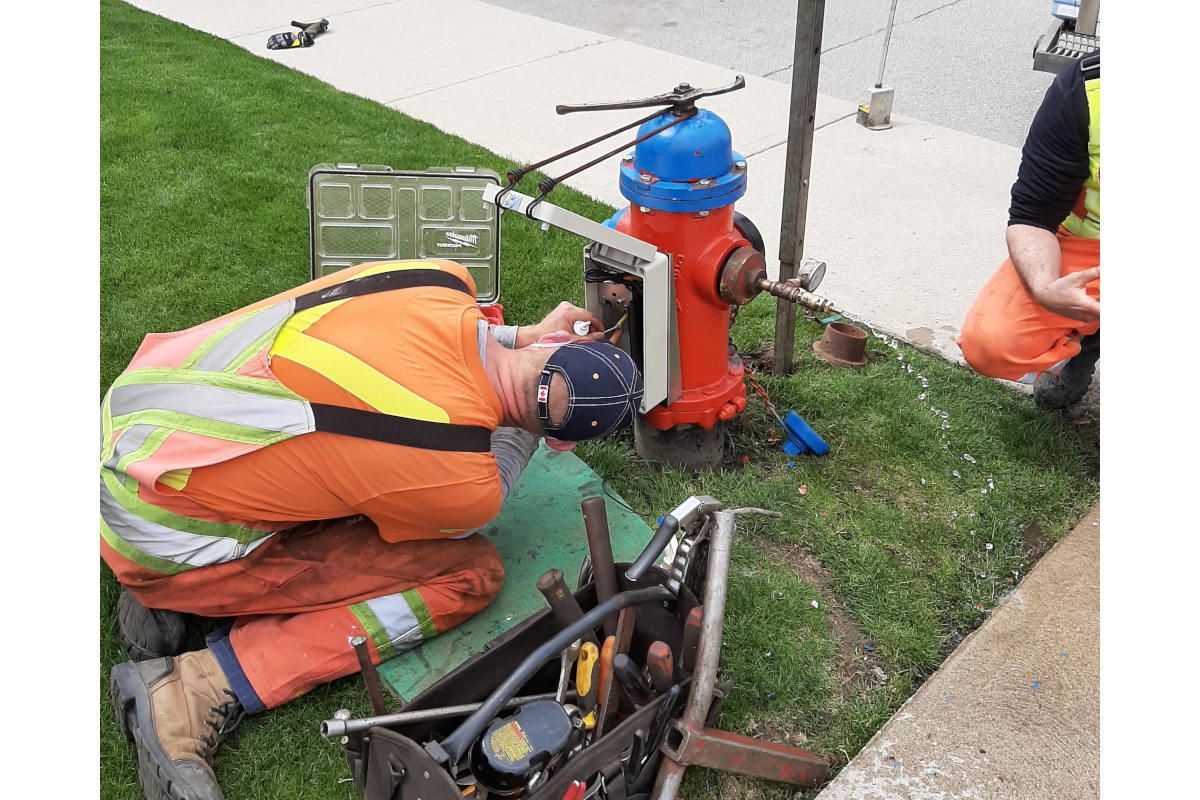
Rehabbing the Humber Sanitary Trunk Sewer
Toronto Embarks on its Longest Large Diameter Sliplining Project
Toronto Water, a Division of the City of Toronto, oversees all aspects of water production, transmission and distribution, wastewater collection and treatment, and stormwater collection and treatment, servicing the largest city in Canada with a population of more than 2.5 million. As part of the Toronto Water’s proactive asset management program, numerous sewers are planned to be rehabilitated using trenchless technologies.
RELATED: 2016 Trenchless Technology Roundtable —Trenchless Across the Continent
In April 2016, the City’s Engineering and Construction Division awarded rehabilitation of the Humber sanitary trunk sewer to Southland Renda of Canada JV for an amount of $20.3 million. The project consultant is Jacobs (formerly CH2M Hill Canada) providing design, construction administration and site inspections services as part of a multi-year trunk sewer rehabilitation program started in 2013.
The goals of the rehabilitation project are to establish a corrosion protection barrier, and extend the sewer service life for 100 years. Given the high degree of project complexity combined with the high impact on the environment and surrounding community, the project team adopted sliplining in live flow conditions, a less intrusive and cost-effective rehabilitation method.
Construction began in June 2016 and is anticipated to be completed by December 2018.
“This project is Toronto Water’s longest-ever sliplining project for a large diameter sanitary trunk sewer,” says Adam Zietara, manager Toronto Water, District Operational Services. “We commend Southland Renda of Canada, Jacobs and the City’s Engineering and Construction project team for their innovative and calculated risk-taking approach to deliver the sliplining portion of the work on time and on budget.”
Built in 1959, five years after Hurricane Hazel hit southern Ontario, the Humber sanitary trunk sewer conveys wastewater collected from Etobicoke, on the northwest side of Toronto, to the Humber treatment plant. The wastewater is treated at the plant before being discharged into Lake Ontario. The rehabilitated section is located nearby residential areas within the Humber River Valley Parklands, along the Humber River and undercrosses the Humber River at several locations.
The rehabilitation scope comprised the 2,430-m section of 1,500-mm to 1,650-mm diameter Humber sanitary trunk sewer and a 67-m section of 700-mm diameter Chapman sanitary trunk sewer using a Hobas glassfiber reinforced pipe (GRP) pipe and the rehabilitation of associated maintenance holes using chemical grout to seal active infiltration, and the application of sprayed interior corrosion resistant coating.
The Humber sanitary trunk sewer passes through a sensitive ravine environment that is classified as an Environmentally Significant Area by City Parks and the Conservation Authority. This sensitive location posed numerous constraints and challenges during design and construction including limited access to the site and requirements for temporary and permanent access agreements through parklands and trails, temporary access roadways and extensive tree removals.
The design permitted for partial sanitary bypass for sliplining installation in live flow conditions based on flow upstream of the project limits. The contractor chose to work in full flow condition without a bypass. The flood plain conditions and multiple changes in the alignment underneath the Humber River at depths between 5 and 13 m posed significant accessibility and constructability challenges.
The contractor used eight temporary shafts for sliplining installation lengths of 200 to 500 m. Reinstatement of local PVC and concrete sewer connections along the rehabilitated section was successfully completed using special Hobas couplings and fitting. The sliplining operations involved extensive manual labour, exceptional health and safety measures at temporary access shafts, reliable on-line flow monitoring data and coordination with operations staff.
To date, the contractor has completed the full scope of sliplining and is now working on site restoration. Restoration includes trails, topsoil and sod, tree planting and seeding, and reinstatement of park utilities.
RELATED: CIPP Project Gives New Life to Ontario Trunk Sewer
“Despite of all the challenges, the contractor completed sliplining with hard work and with support from their head office,” says Prapan Dave, manager of design and construction trunk sewers and transmission mains, Toronto Engineering and Construction Services. “It is evident that the contractor’s perseverance, innovation, adaptability to difficult new site conditions and continuous improvement on the job made this sliplining component a success.”






